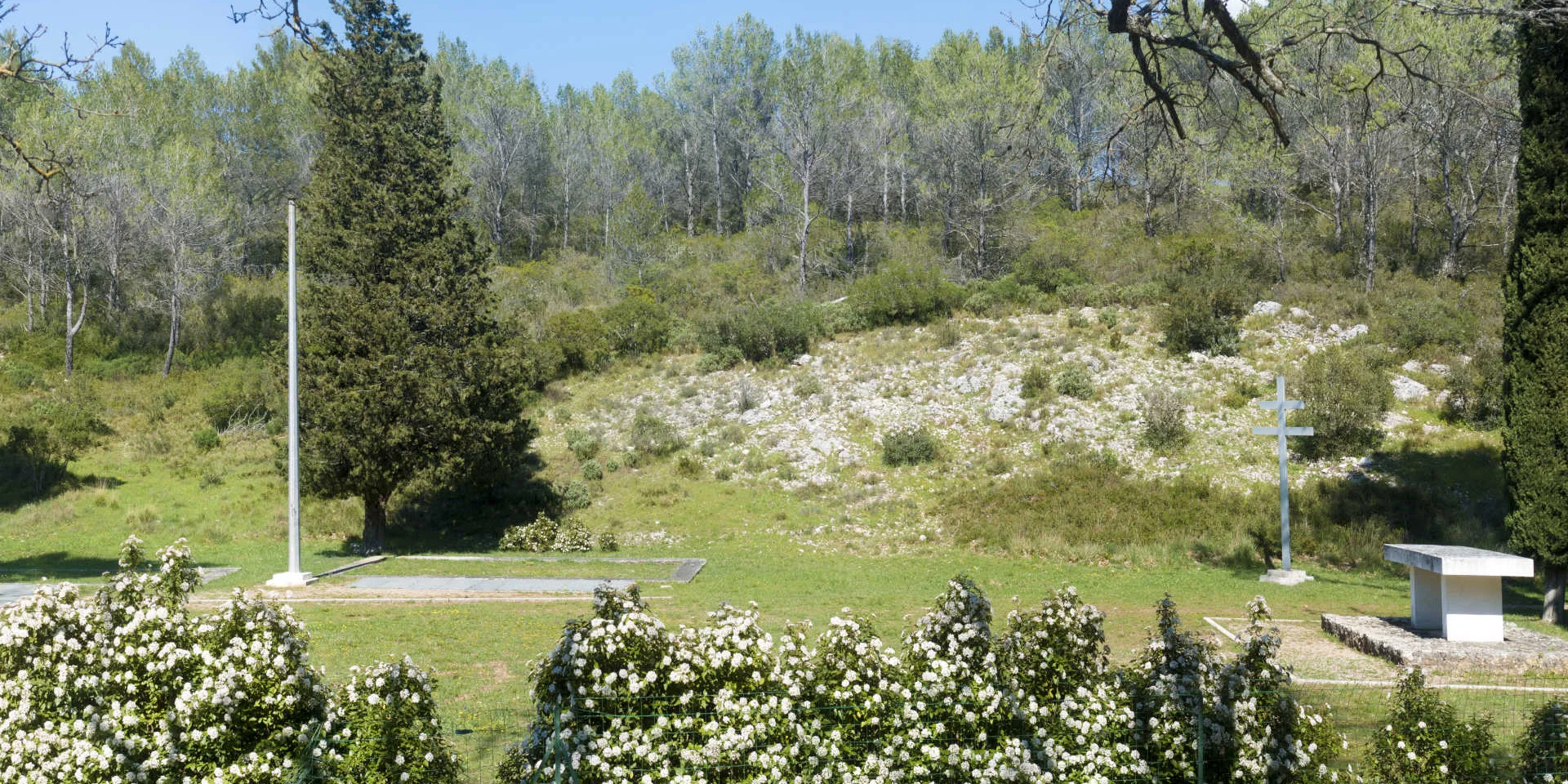Remembering the Resistance movement
“the chef is hungry”. That was the message received from London by the French Forces of the Interior, which grouped the main military groups of French interior resistance, and warned of the launching of the Provence Landing, also known under the name “Operation Dragoon”. It was the evening of 14th August 14 août 1944 and the next morning, the Allied troops were to disembark on the beaches of the Var. The success of the campaign for the liberation of the south of France was partly due to an important collaboration and coordination between the Allied forces and the Resistance organisations. Following the Normandy Landing on 6th June 1944, the Resistance called for a generalisation of the maquis. But the Landing planned on the Mediterranean coast did not take place immediately. The German army then intervened massively against the Provencal maquis and multiplied the massacres. Today, many commemorative monuments and steles bear witness to the heroic commitment and tragic fate of those resistance fighters of the South.
 Stele Emmanuel Ricard Gap
Stele Emmanuel Ricard Gap













